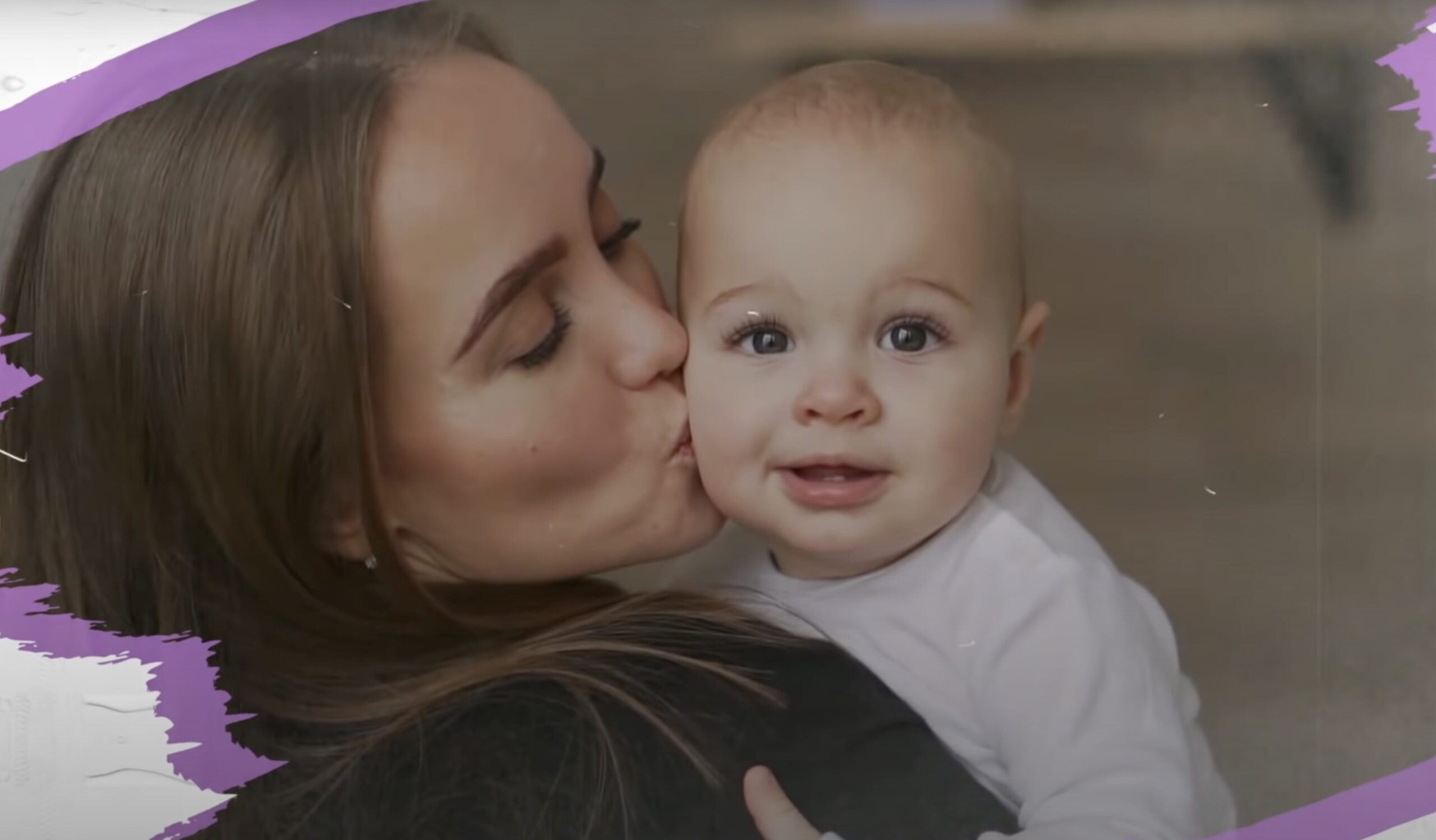As parents, we hear it a million times a day: “No, don’t touch that!” “No, stop throwing food!” “No, running in the store!” But is the constant barrage of “no”s actually helping? Many experts argue that relying solely on negation can be counterproductive, and there might be a better way to address unwanted behaviors in our little ones.
This article explores alternative discipline strategies that move beyond simply saying “no.” We’ll delve into why “no” might not be as effective as we think, and explore positive reinforcement techniques that can create a more calming and effective approach to raising happy and well-behaved children.
Why “No” Might Not Be Working
Firstly, let’s understand why the constant “no” might be backfiring. When we yell “no!” with frustration or rush over to our child in a flurry of disapproval, it can unintentionally give them the attention they crave, even if it’s negative attention. This can make the undesirable behavior more reinforcing for them.
Imagine a child throwing a tantrum because they want a toy. Our immediate reaction might be to blurt out “no!” and rush over to pick them up. While this might seem like the quickest way to stop the tantrum, it might actually be making things worse. The child learns that tantrums get a reaction, even if it’s negative.
Staying Calm and Collected
Instead, the key is to stay calm and collected. This doesn’t mean ignoring your child’s behavior, but rather approaching them with a neutral tone of voice and facial expressions. Take a deep breath, get down to their eye level, and speak calmly.
For example, instead of yelling “No running!” in a crowded store, try calmly saying, “Let’s walk slowly together so we don’t bump into anyone.” This not only communicates the expectation but also offers an alternative behavior.
Teaching, Not Punishing
Discipline should be about teaching, not punishing. Instead of simply saying “no hitting,” show your child what gentle behavior looks like. Say “gentle pat” and physically guide their hand to pat you instead of hitting. This way, you’re not just stopping the unwanted behavior, you’re also teaching them the desired behavior.
The Power of Positive Reinforcement
Positive reinforcement is a powerful tool in any discipline toolbox. When your child exhibits the desired behavior, praise them with genuine enthusiasm. This could be a simple smile, a clap on the back, or a warm hug. Positive reinforcement strengthens desirable behaviors and makes them more likely to be repeated.
For instance, if your child is calmly playing with their toys instead of throwing them, acknowledge the positive behavior. Say something like, “I see you’re building a tower! That looks so cool!” This positive reinforcement lets your child know that their calm behavior is appreciated.
Using Natural Consequences
Natural consequences can also be a powerful teaching tool. This means allowing your child to experience the logical outcomes of their actions. For example, if your child throws blocks after you’ve shown them how to build with them, calmly take the blocks away and explain, “Blocks are for building, not for throwing. We can play with them again when you’re ready to build.” This helps them understand the cause and effect of their actions.
Creating a Positive Discipline Environment
It’s important to remember that discipline is most effective when it’s done with love and patience. Creating a positive and predictable environment for your child can go a long way in reducing unwanted behaviors.
- Establish clear routines and expectations. Children thrive on routine. Having set nap times, mealtimes, and playtime schedules can help them feel secure and less likely to act out.
- Childproof your home. Reduce the opportunities for your child to engage in undesirable behaviors by babyproofing your home. This can help prevent frustration and meltdowns.
- Offer choices when possible. Empower your child by giving them choices within safe boundaries. For example, instead of saying “No juice before dinner,” you could say, “Would you like water or milk with your lunch?”
- Focus on the positive. Catch your child being good! Praise them for following directions, sharing their toys, or using gentle hands. The more you acknowledge positive behavior, the more likely it is to be repeated.
Conclusion
Discipline doesn’t have to be a battleground of constant “no”s. By focusing on teaching desired behaviors, using positive reinforcement, and creating a positive environment, you can raise happy, well-behaved children. Remember, patience, consistency, and a whole lot of love are the key ingredients for effective discipline.